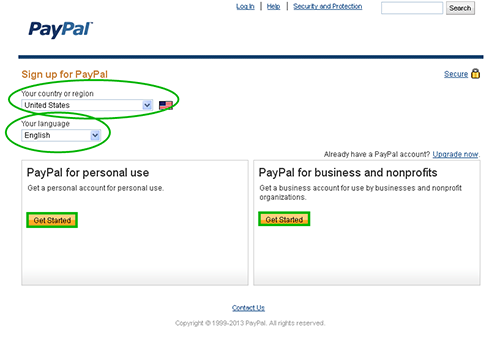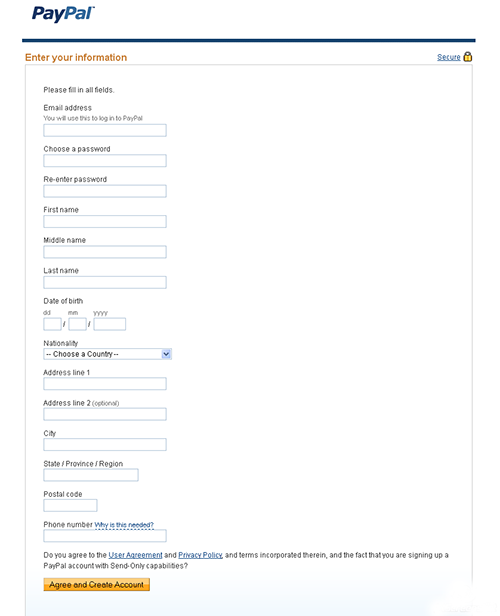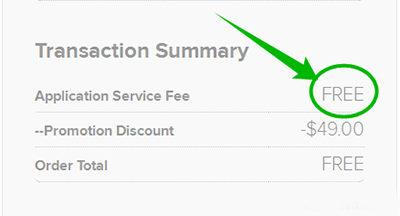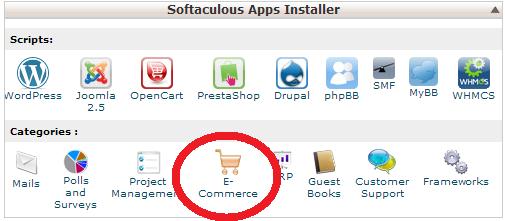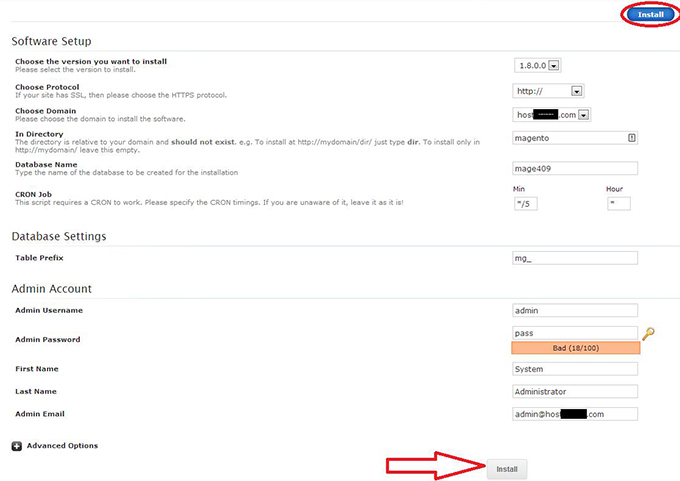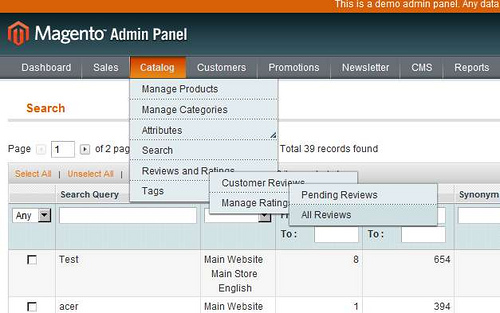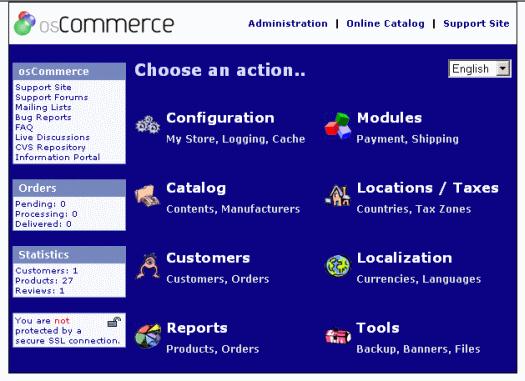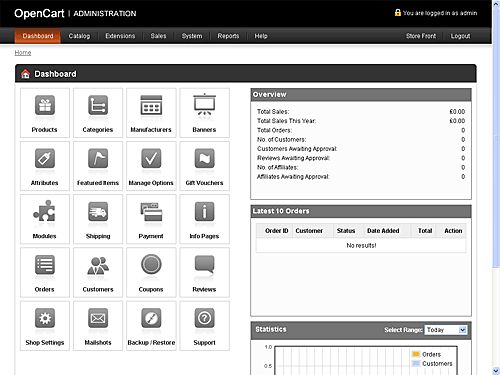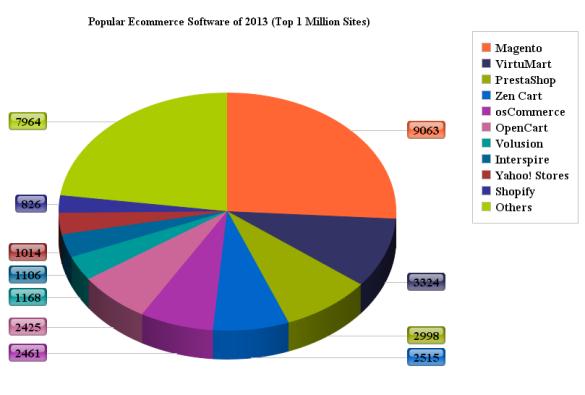Archive for December, 2013
Anyone who has ever bought anything through the Internet had to choose a payment processor. All these customers had questions on the differences between those on a website. Concerns on security and velocity of a transaction are also common. Most of the users tend to follow the recommendations of those relatives or friends who already use some of the electronic payment methods.
However suppliers of products and services take the issue of choice most attentively. In this case many factors should be taken into a deep consideration, for instance, credibility of a certain gateway in a country of the key audience.
Clear understanding of something that the market could offer and opportunity to choose the most effective mean could help to define the best case scenario for each side.
Organizational structure
One of the major points that is needed to be understood is the basic difference between two payment systems – PayPal and 2CheckOut.
You can imagine PayPal as an electronic wallet attached to a chosen e-mail address. As every wallet it may have positive balance with which you make payments. However PayPal offers an opportunity to conduct transactions from other means of payment, for example, credit or debit cards. But you do need to remember that every user must obey internal regulations that are presented at PayPal’s public offer.
On the other hand, 2CheckOut provides its services more like as a “transparent link” between a buyer and a seller where the former can use a bank card. At some point it brings a certain convenience for a buyer in the matter of saved time for starting an account and passing a verification process. As for the legal part of relationships between a seller and a buyer, it is mostly built on Card Organization Rules:
We provide processing services with respect to debit and credit card transactions including all types of VISA and MasterCard cards, and American Express, PayPal, JCB, Discover, Diners Club (the “Card Organizations”) and PIN Debit card transactions, as well as anti-fraud services and support (“Services”).
Each Card Organization has developed Card Organization Rules that outlines the procedures, responsibilities, and allocation of risk for this process. International Seller is bound by Card Organization Rules. The Card Organization Rules and Applicable Law give Cardholders and Issuers certain rights to dispute transactions long after payment has been made.
Paired relationships, such as “seller – 2CheckOut” or “buyer – 2CheckOut”, are regulated by Terms of Use and International Seller Services Agreement.
How to become a member?
In case you are interested in operating on-line, you would like to know how to become a member of these systems.
PayPal offers quite an easy way to register. One should choose the country he is from, the language he speaks and a future use of the account, as it is shown in the picture below:
First step of creating an account
After clicking “Get Started”, a user would be transferred to the page where one should enter the personal information which is needed to identify the account unambiguously. The information needed to register an account for personal use is presented below:
Table of personal information
However, as it was mentioned earlier, one may register an account for business purposes. The only difference from the personal one is the requirement of company details.
As PayPal is eligible for performing legal transactions, only truthful information reckons:
You authorize PayPal, directly or through third parties, to make any inquiries we consider necessary to validate your identity. This may include asking you for further information, requiring you to provide your date of birth, a taxpayer identification number and other information that will allow us to reasonably identify you, requiring you to take steps to confirm ownership of your email address or financial instruments, ordering a credit report, or verifying your Information against third party databases or through other sources. We may also ask to see your driver’s license or other identifying documents at any time. If you use certain PayPal Services, federal law requires that PayPal verify some of your Information. PayPal reserves the right to close, suspend, or limit access to your Account and/or the PayPal Services in the event we are unable to obtain or verify this Information.
Another step of creating an account would be confirming the used e-mail. The procedure is regular – the letter is sent to your e-mail address with a confirmation link. Once you follow it, the address is confirmed.
As PayPal’s regulations differ from country to country, a source of a payment differs too: one can use PayPal balance or a bank card. A bank card should also be verified for the use.
At the same time, a way to register an account with 2CheckOut is a bit alike. Previously, one needed to pay a registration fee in the amount of 49.00 USD. Currently however there is an opportunity to get it for free, as a special promotion code is applied once a user is signed in.
The payment processor also requires detailed information on the company including the sale rate and average amount per transaction.
As the payment processor mostly specializes in e-commerce, a company needs to have its web-site with clearly defined refund policy which should also be specified while applying.
One more point that should be stressed here is that a 2CheckOut account suits for organizations but not individuals on the contrary with PayPal.
Verify your account – be transparent
Nowadays the Internet has taken the biggest share at a current world market. And reputation of a certain company is an essential criterion on a level with its credibility. As the result a third party is needed to guaranty that a company is reliable and fits regulations of a payment system.
The verification process for a PayPal account is based on verifying one’s bank account or debit/credit card.
- In order to star verification “Get Verified” link should be clicked on the Overview page.
- Next step would be choosing the source of payments, such as bank account or debit/credit card.
- After that the system would ask to enter vital information of a bank card, for example.
- Doing all that would allow PayPal to place two small charges on one’s bank card or small deposits, if there is an intention to use a bank account.
- Once they appear on a card statement, they are needed to be entered at the very same “Get Verified” link.
- And the final verification spent is receiving a call from PayPal staff and answering a couple of simple questions. The made charges would also be credited to an account holder.
As for 2CheckOut verification process, it begins with them looking through a company’s website for their internal requirements, for example, refund policy. In case sufficient information is failed to be found, an owner could be asked to add the missing piece. A company ought to remember that all the changes and verification in general is called to increase a number of satisfied buyers and reduce the amount of refunds.
Another important part of verification process is a call performed by 2CheckOut team. The call can be addressed either to the account holder or to a buyer directly.
The check-up procedure also demands that no sum could be withdrawn with verification being completed.
Did you decide on the payment process to use on your website, but still looking for a hosting platform for it? Check out our cheap virtual private server hosting offers.
Some time ago an online store was something that only a skillful programmer could develop and something that only a big company could maintain. But the Internet has changed and now any seller can have it. CMS (content management system) is basically a kind of software which develops and maintains it for you. As there are many of them, let’s first try to draw a short classification:
– Free open source CMS. (Open source stands for editable source code and not for zero cost. However, as 99% of open source CMS are free, they are now used as synonyms). This is a natural solution not only for beginners but for any web store with more or less standard structure and no ‘special’ needs. Among popualr CMS of this kind one may find osCommerce, Magento and Zen Cart. Also there are shopping cart plugins for such widely used CMS as WordPress and Joomla. Important note – while a platform itself may be free, some of the addons or plugins may be commercial. Same applies to custom themes: if you need one, you will need to purchase it.
– Paid CMS. Strong point of this group is that they often do not require buying web-hosting as a separate service (so called pre hosted solutions) and often have better support than the free ones. Also paid CMS are claimed to be more secure due to the fact that providers are responsible for keeping them up-to-date. Weak point is that ‘standard structure and no special needs’ rule applies to them as well. Here we can name Shopify and Foxycart. Usually providers of such CMS offer free trial periods, so you can test the service (e.g. 14 days period with Shopify).
– Custom CMS. This is when a team of developers is creating a unique platform for your shop special requirements (both for design and functionality). Such a solution may be efficient for a big company but will be too expensive and too complicated for a small business. A trick here is that you will have to use the same developers for further support and modifications (it is unlikely that a third party specialist can sort out their code). We won’t name any particular products here as they are all unique.
Now when we have classification let’s take a closer look at the case when you have web-hosting for your site and looking for a simple e-commerce solution. If your hosting provider is offering cPanel with Softaculous installer integrated (true for most providers and most of shared packages but not for all), then you have a good bunch of such solutions at hand with E-Commerce button:
The amount of different scripts there is so big that you would rather *not* need to look for alternatives elsewhere. In the list you can find osCommerce, Magento, OpenCart, PrestaShop and several others. If you are selling virtual services such as web-hosting and domain names, there is also WHMCS which has proved to be one of the best billing systems for this purpose (it is not free though, you need to buy license first). The installation process with Softaculous is simple and contains of one step (at the picture you can see installation screen for Magento but it will be very similar for any other script):
After the installation you are done with Softaculous and can start working with the CMS directly. Control panels are very different but mostly they are all designed to be user-friendly and not requiring special skills to work with them. For example, here is a look at Magento control panel:
For comparison, let’s look at the osCommerce and OpenCart main menu screens:
If taking these three CMS (Magento, OpenCart and OSC), they are all free (you may need to purchase addons if needed though), efficient and easy to deal with. However, many users claim that Magento is consuming more resources (and so you may need a stronger hosting package to maintain it) and OSC requires more modifications to make it work the way you need it to work. Also, Magento is believed to work best with big stores, while OpenCart and OSC may be more efficient for a small business. Still, opinions may differ and all platforms have their fans.
Another important matter for e-commerce CMS is security. While many people are arguing which one is more secure and if an opensource platform can be secure at all, specialists report that safety of your store rather depends on how careful *you* are. Main recommendations (regardless of CMS name) are using strong passwords, non-default directories for installation and making sure you always have an up-to-date version of the product. Other suggestions concern using SSLs, encrypting customers’ passwords and keeping a fresh backup at hand.
As a conclusion, we must say that there is no ideal CMS for your store, but there can be one meeting your needs best. This chart of e-commerce CMS popularity may also help you to make the choice:
If you are looking for a platform for your store, take a look at our cheap unlimited VPS offers.

